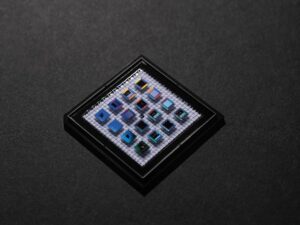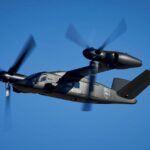
The Air Force Research Laboratory's (AFRL) Aether Spy next-generation multifunction radar by Northrop Grumman [NOC] is to move into the design phase after the radar completed a system requirements review (SRR), the company said on Oct. 13. "Aether Spy advances multifunction wideband digital Active Electronically Scanned Array (AESA) technology based on the advanced microelectronics created on the DARPA Arrays on Commercial Timescales (ACT) program," per Northrop Grumman. "It will develop the next generation of integrated circuits that include additional processing…














